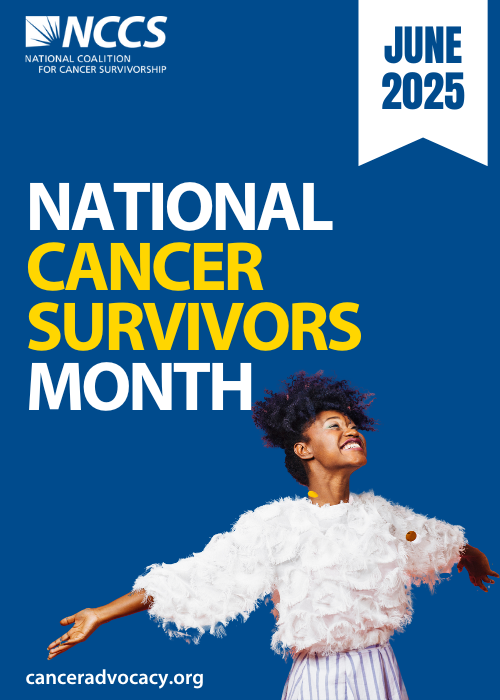New York Times Opinion Piece Describes Common Disparities in Communication and Comprehension
On February 8, a New York Times opinion piece published online describes a common situation where the disparities in communication and comprehension of clinical information from doctor to patient may have adverse consequences for patients. The author, Theresa Brown is an an oncology nurse, and she points out that not only can the miscommunication between a health care provider and his/her patient be detrimental, but how that communication is delivered is also consequential. For example, a 2012 article in the journal “Patient Education and Counseling,” reports that messages to patients delivered by doctors who are sitting down signals to the patients that the doctor has time for them, whereas doctors who are standing when talking with you signal urgency and impatience. Most people diagnosed with cancer will remember what a frightening experience it is and that the treatments are equally scary. The opinion piece goes on to say that “stress and anxiety make people poor listeners and our high-tech scans and fast-paced care can save lives, but we need to make time for the human issues that pull at every patient’s heart.”




